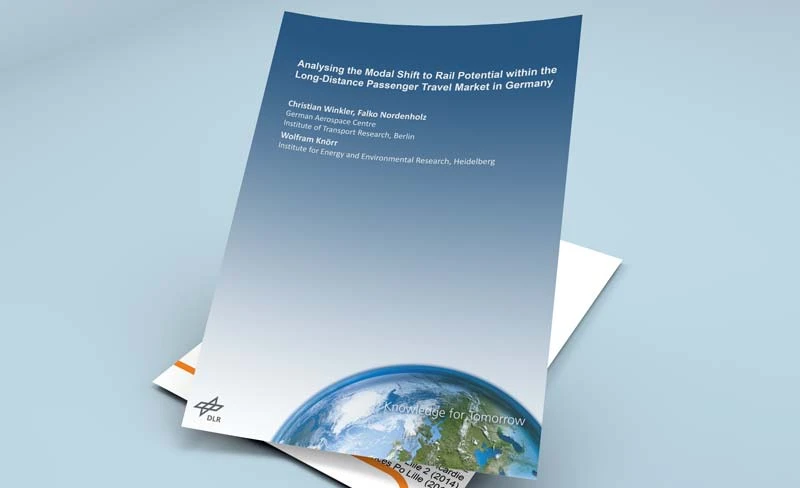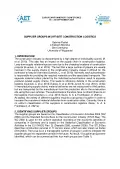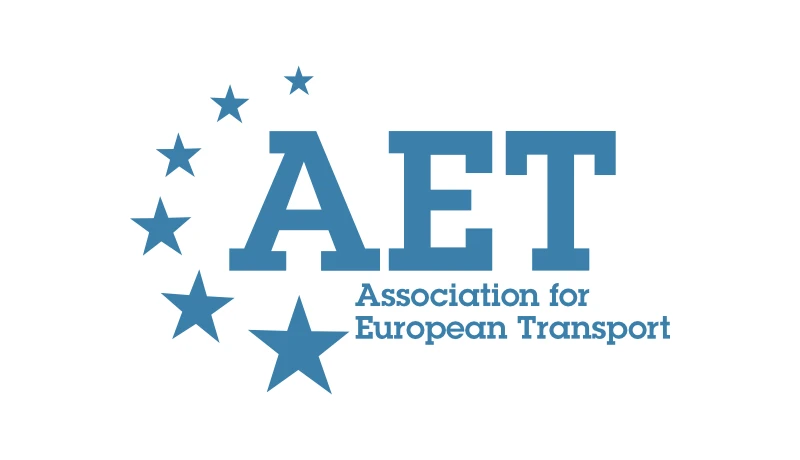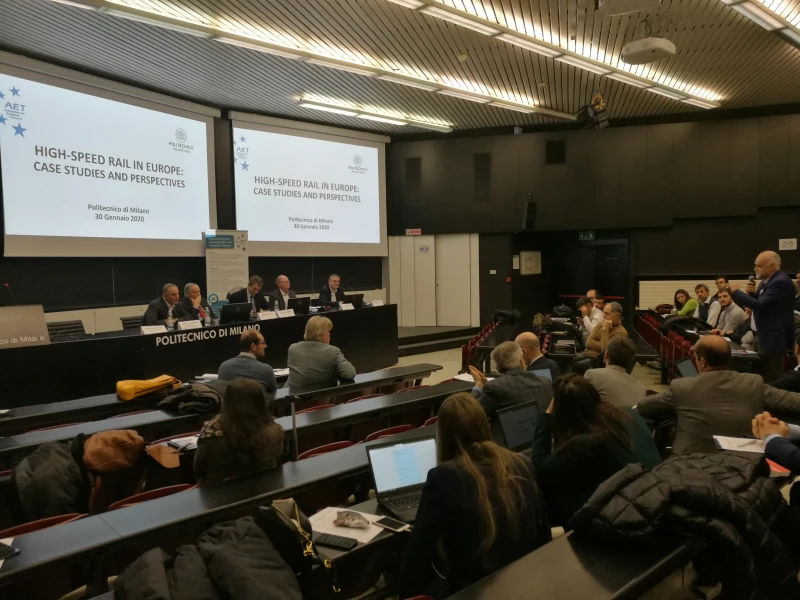-
Past ETC Papers

Browse, search and view papers from the past AET Conferences.
-
Members' Area

AET promotes networking and exchange of ideas, information and opportunities amongst members.
Conference Papers 2024
Antwerp, Belgium
ETC Conference Papers 2024
Supplier groups in off-site construction logistics
Seminar
Day 2 (19 Sep 2024), Session 7, Urban - data, 15:30 - 17:30
Status
Accepted, documents submitted
Submitted by / Abstract owner
Sabrina Puslat
Authors
Sabrina Puslat, University of Wuppertal (presenter)
Christoph Moenicks, University of Wuppertal
Short abstract
The paper presents a method for identifying supplier groups in construction logistics. The focus is on the large number of players working simultaneously on the construction site. The supplier groups form a basis for estimating the traffic volume.
Abstract
In order to analyse inner-city construction site traffic and its impact (e.g. noise and pollutant emissions), a wide range of information on the deliveries is required. It is necessary to gain an overview of the various players on a construction site and the suppliers of construction materials. The current data on construction site deliveries does not allow any statements about the suppliers, the loading locations and the source-destination-relationships. The data collected, e.g. through access controls or registration portals, does not contain any information to identify the suppliers. If logistics data is available, it is held by different actors and has different formats (Brusselaers et al. 2020). In contrast to other industries, research in the construction sector is lagging behind (Brusselaers et al. 2023, Bergmann 2011).
The paper presents a method for identifying supplier groups in off-site construction logistics. The groups are formed in order to gain an overview of the various players and the associated suppliers. The supplier groups are based on the Classification of Economic Activities 2008 (WZ 2008) and the Standard Service Book for the Construction Industry (STLB-Bau). The WZ 2008 is used for the uniform statistical recording of the economic activities of companies and is based on the Statistical Classification of Economic Activities in the EU (NACE Rev. 2) (Destatis 2008, eurostat 2008). The STLB-Bau describes construction services in 77 service areas, which are also known as trades (DIN 2024). The focus is on a manageable number of groups in order to integrate the supplier groups into registration portals in the future. As result, 15 supplier groups were identified, which can be summarized into four main groups.
In addition, a method for automated allocation has been developed (applications with Python). The suppliers are assigned based on company names. Data from web-based logistics portals was used for this purpose. In total, a data set with 297,395 transports to 192 construction sites and 10,068 different suppliers was considered. Through the automated assignment 36.4%% of the suppliers can be assigned to one of the supplier groups. These suppliers carried out 40.2% of the transports.
After allocation, the supplier groups were examined for similarities and differences. The focus of the evaluation was on the identification of key values for estimating traffic volume in the supplier groups. There are differences in the number of transports between the supplier groups. The largest proportion of transports originates from the building technology group at approx. 28%. Only 1% of the suppliers supply more than five different construction projects. This underlines the fact that there are changing business relationships with each construction project and that no continuous logistics processes are established. In addition, evaluations were carried out with regard to the use of vehicles and delivery times in the supplier groups.
In conclusion, the method developed for identifying supplier groups enables a detailed analysis of construction site traffic. In the paper, 15 supplier groups are defined in terms of their different delivery characteristics. From this, it will be possible to derive parameters for traffic modelling in the future. In addition, the environmental impact of construction logistics and potential for improvement can be estimated.
Further investigations will require a review and, if necessary, adjustment of the supplier groups formed. In order to improve the automated assignment, a group assignment directly in the logistics portals would be helpful.
BIBLIOGRAPHY
Brusselaers, N. et al. (2023) A GPS-based approach to measure the environmental impact of construction-related HGV traffic on city level, Environmental Impact Assessment Review, Volume 98, [106955], pp. 1-14, Jan. 2023. doi: https://doi.org/10.1016/j.eiar.2022.106955.
Brusselaers, N. et al. (2020) Economic, social and environmental impact assessment for off-site construction logistics: the data availability issue, IOP Conference Series: Earth and Environmental Science. vol. 588, no. 1.08, Nov. 2020. doi: https://doi.org/10.1088/1755-1315/588/3/032030.
Bergmann, M. (2011) Ergonomiegestützte Multiagentensimulation von Montageprozessen im Baubetrieb : Entwurf und Erprobung eines Vorgehensmodells für die Modellierung, Experimentation und den Datenaustausch, Dr.-Ing. dissertation, Institute of Construction Technologies and Management, Technical University of Darmstadt, Darmstadt, HE, Germany, 2010. ISBN 978-3-941925-05-2.
Deutsches Institut für Normung (DIN) e.V. (2024) STLB-Bau online, Accessed: Aug. 15, 2024. [Online]. Available: https://www.stlb-bau-online.de
eurostat (2008): NACE Rev. 2 Statistische Systematik der Wirtschaftszweige in der Europäischen Gemeinschaft, Methodologies and Workingpapers. Publications Office of the European Union, Luxemburg. ISBN 978-92-79-04740-4, ISSN 1977-0383. Accessed: Aug. 15 2024. [Online]. Available: https://ec.europa.eu/eurostat/documents/3859598/5902453/KS-RA-07-015-DE.PDF
Statistisches Bundesamt (Destatis) (2008) Klassifikation der Wirtschaftszweige, German Federal Statistical Office, Wiesbaden, Germany. Accessed: Aug. 15 2024. [Online]. Available: https://www.it.nrw/system/files/media/document/file/klassifikation_der_wirtschaftszweige_0.pdf
Programme committee
Freight and Logistics
Documents:

Association For
European Transport
Forester House
Doctors Lane
Henley-in-Arden
Warwickshire, UK
B95 5AW
+44 (0) 15 64 793552
VAT number: 710 1866 64
Conference Supporters & Endorsers




Legal Entity
The Association for European Transport is registered as an Association ('vereniging') with the Chamber of Commerce for Haaglanden in The Netherlands under company number 27170096.
Built on Zenario




